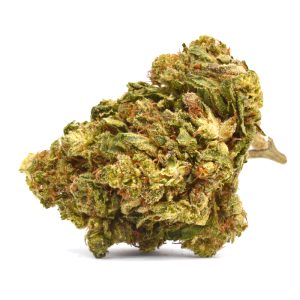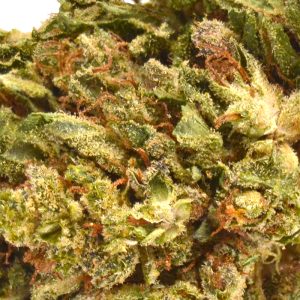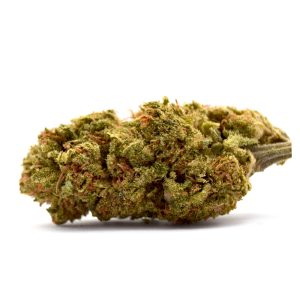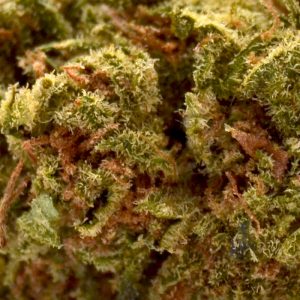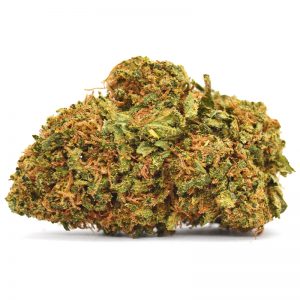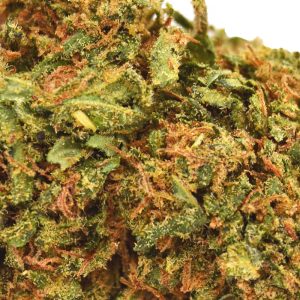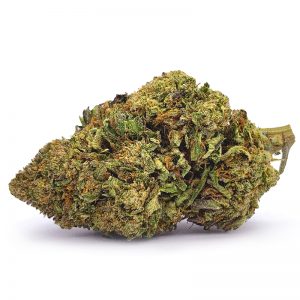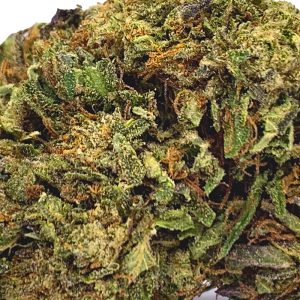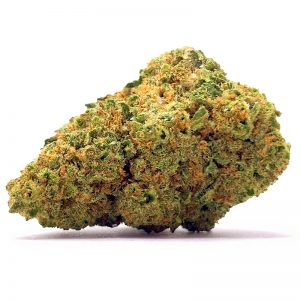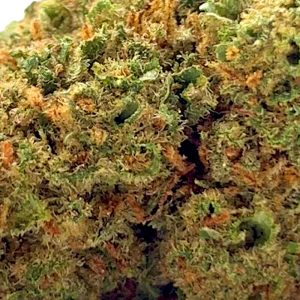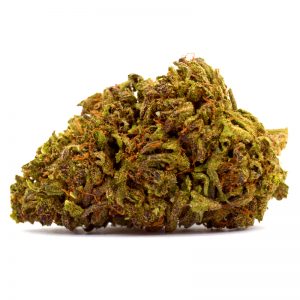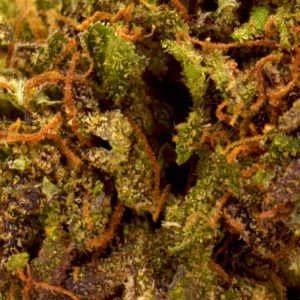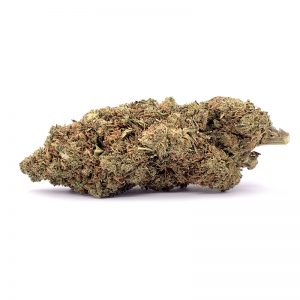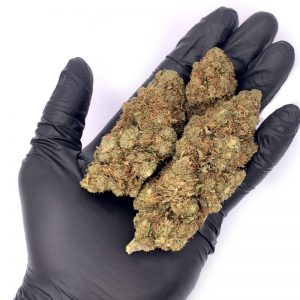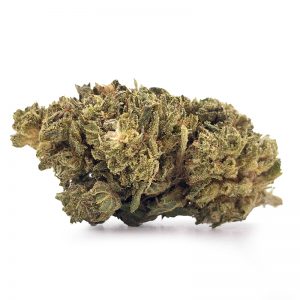Sabinene – What Is It? All You Need To Know About Sabinene
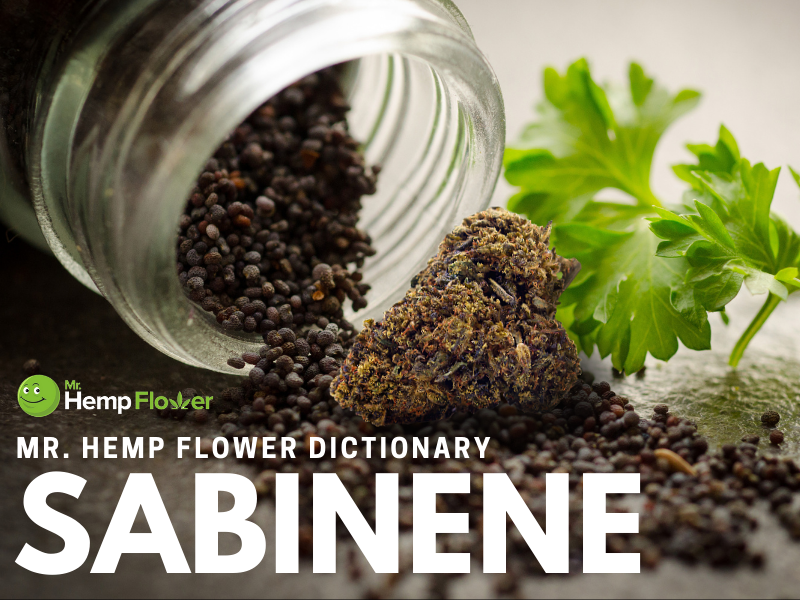
Sabinene
sab-ə-nēn | noun
A bicyclic monoterpene recognized for its spicy scent and flavor profile, present in the holm oak and Norway spruce. This terpene is a primary compound in carrot seed oil and occurs in lower concentrations in tea tree oil. Found in hemp in trace amounts, it exhibits potential antioxidant and antimicrobial qualities.
“This hemp pre-roll has a spicy flavor; maybe it contains sabinene terpene.”
“Did you know that both hemp and black pepper contain the terpene sabinene?”
What is it?
It’s a spicy terpene that contributes to black pepper’s savory flavor and carrots’ earthy taste. This terpene is a primary constituent of the Myristica evergreen, a large evergreen tree native to the Moluccas, or Spice Islands of Indonesia. The seeds of this tree constitute the world’s main source of the nutmeg spice.
Everyday uses of sabinene
Each time you’ve sprinkled black pepper in your dishes, you’ve encountered this terpene. Baked goods like carrot cake also bear a connection to it. If you’ve used tea tree oil on your skin for its antiseptic or antifungal benefits, this terpene may have contributed to the effects. The Christmas tree fragrance of the Norway spruce, indigenous to Europe, comes in part from the presence of sabinene. Native to the Mediterranean, the holm oak is also a natural source of this terpene. Last but not least, if you detect a pine-minty or peppery fragrance in your hemp flower, this terpene may be part of the mix.
Therapeutic properties of sabinene
This terpene may act as an antioxidant and antibacterial agent. More research is needed to validate sabinene’s potential uses.
Antioxidant properties
One 2015 study published in the Journal of the Science of Food and Agriculture revealed that this terpene could be a natural antioxidant. Researchers tested sabinene in the form of sabinene hydrate and its ability to help preserve the freshness of roasted sunflower seeds. The results of the study were encouraging — researchers concluded that this compound could replace the use of synthetic preservatives. These findings may suggest sabinene’s potential use as an antioxidant in preserving the elasticity of the skin, but more research is needed.
Antibacterial properties
One 2015 study looked at the antimicrobial effects of wild juniper oil. The study revealed that sabinene — a component of this essential oil — showed potential against Streptococcus pneumoniae, the pneumonia-causing bacteria. It also showed potential against Staphylococcus aureus, the bacterium that causes meningitis and toxic shock syndrome.
Where to find it in hemp?
As a minor terpene, it is present in some hemp strains in trace amounts. You might find it as an ingredient in some full spectrum hemp CBD balms and salves through essential oils rich in sabinene. Despite its minor presence in hemp, it plays a role in the entourage effect. The entourage effect theory suggests that terpenes in hemp interact synergistically with cannabinoids to magnify the plant’s therapeutic benefits.
Final thoughts
An ingredient of black pepper and hemp, this terpene gives your food and pre-rolls a peppery kick with potential antioxidant and antimicrobial properties.

